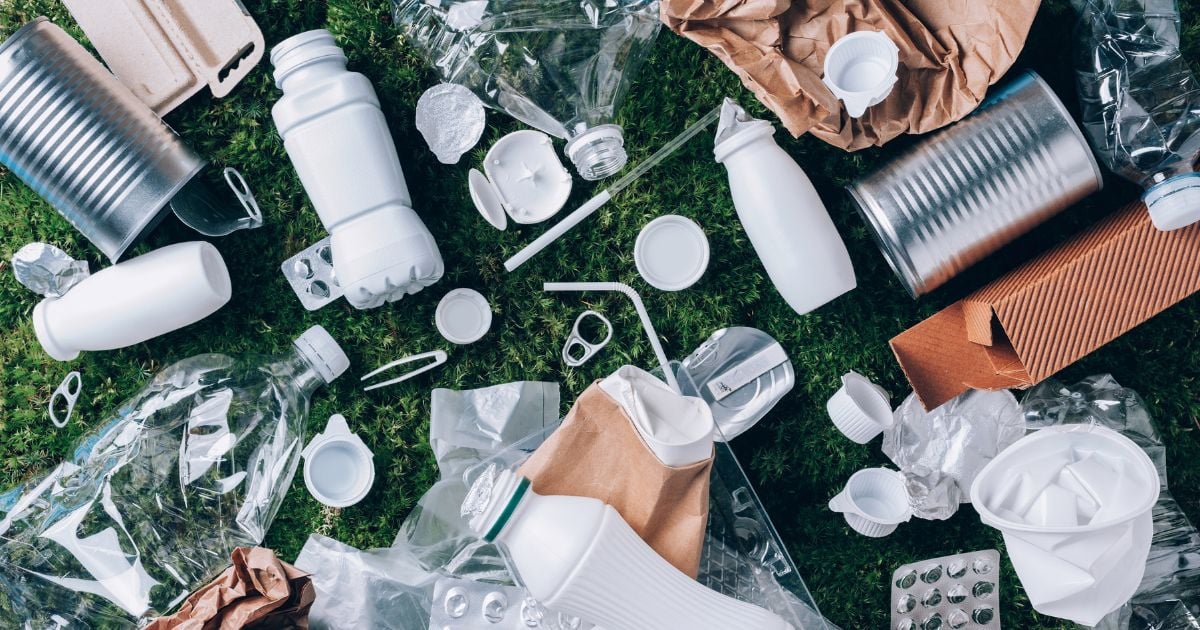Understanding the Proposed EU Packaging Regulation
Please note that the proposed EU Packaging Regulation is now called the EU Packaging and Packaging Waste Regulation (PPWR). This interview was conducted before the change, and to preserve its integrity, references to the proposed EU Packaging Regulation remain in their original form.
The European Commission (EC) recently released a draft proposal to repeal and replace the EU Packaging Waste Directive. The draft proposal, named the EU Packaging Regulation, contains notable changes to the existing directive that aim to reduce packaging waste by 15% per capita (compared to 2018), make all packaging recyclable by 2030, and introduce mandatory targets for recycling, including the use of recycled plastics, reuse and refill, and deposit and return. The proposed regulation is the latest EU measure to promote a circular economy.
Expected to take effect in late 2024, it’s essential for businesses to start preparing for the new regulation. Here are the answers to the top 5 questions our regulatory experts have received from Source Intelligence clients surrounding this topic:
What is the EU Packaging Regulation draft proposal?
The EU Packaging Regulation draft proposal significantly enhances the existing EU Packaging Waste Directive. The proposal addresses several issues raised in the European Green Deal, including reducing excess packaging, improving package recyclability, and lessening the number of virgin materials utilized in new packaging. Ultimately, it supports the European Green Deal’s goal of creating a cleaner, more sustainable circular economy to achieve the ambition of zero pollution by 2050.
What changes are being proposed in the draft regulation?
Some of the key changes relevant to the retail and consumer sectors include:
- A new definition of recyclability to distinguish which products can be placed on the market as ‘recyclable’ by 2030 and how modulated fees will be paid as part of the Extended Producer Responsibility scheme.
- A requirement for Deposit Return Schemes to be established by January 1, 2029, for all single-use plastic and aluminum beverage containers up to 3 liters. This includes an additional requirement for reusable packaging targets to be introduced by 2030.
- Bans of certain single-use packaging, which expands upon the Single Use Plastics Directive and introduces additional materials.
- Empty space ratio limits of 40%, which means that no more than 40% of the total packaging volume can be empty space—a larger-than-necessary box filled with bubble wrap, for example.
- Mandatory inclusion rates of recycled content in new plastic packaging by unit.
- Consistency of mandatory EU symbols for use on packaging (to advise on reusability) and waste bins (to assist with sorting).
- The mandatory addition of QR codes to packaging, providing customers with information about the product’s packaging reusability and assisting customers in identifying recycling collection points.
It is worth noting that this proposal is only the initial draft, and amendments are to be expected in the future. Amendments are likely to be based on consultation feedback from affected businesses, industry groups, and non-governmental organizations, such as compliance schemes. Public consultation on the proposed draft is open until January 26, 2023.
Will the EU Packaging Regulation repeal the EU Packaging Waste Directive?
Yes—the Packaging Waste Directive will be repealed once the Packaging Regulation is enacted, which is currently estimated to occur in late 2024. The regulation will apply to all EU Member States, without the need to transpose into local legislation (which is currently the case under the Waste Directive). This European-wide application will improve packaging waste legislation consistency across the EU, as well as amend sections of the Market Surveillance Regulation and the Single Use Plastics Directive.
Which businesses are within the scope of the EU Packaging Regulation, and how will they be impacted?
EU-based businesses, as well as businesses that import packaging into the EU, will be affected. The measures set in the draft proposal equally apply to domestic and imported products. This will benefit EU importers, such as the U.S., Canada, and South Korea, by eliminating the need to comply with the differing requirements of individual member states.
What can businesses do to prepare for this new regulation?
It is recommended that businesses familiarize themselves with the draft proposal and stay informed of any amendments. From a practical standpoint, businesses can take the following steps:
- Establish a comprehensive range of sustainability metrics and survey packaging suppliers on the criteria.
- Use this as a learning opportunity in procurement strategy and engage with switched-on suppliers who are readily focused on making improvements.
- Investigate design alternatives to prepare products or packaging for reuse/refill targets and identify additional enhancements that can be made in the design stage.
- Engage with compliance schemes and industry professionals to gain a better understanding of packaging and recycling improvements.
- Establish systems that allow companies to develop in-depth knowledge of the composition of their product and/or packaging data.
The emphasis on creating a circular economy in the EU has never been stronger, and taking the appropriate steps toward achieving these goals now will ensure a smooth transition in the future.
Reduce compliance uncertainty with Source Intelligence
Prioritizing sustainability within your supply chain is more important now than ever with increased government and public expectations—but staying current with ever-changing EPR due diligence obligations requires significant resources. Our EPR program streamlines compliance reporting by automating supplier data requests, creating and publishing scheme reports, and monitoring registered schemes to make automated changes as necessary.
Whether you need support from our team of regulatory experts or an intuitive platform to work more efficiently, we’re here to help you achieve your EPR compliance goals. Visit our website to learn more about our EPR program.



